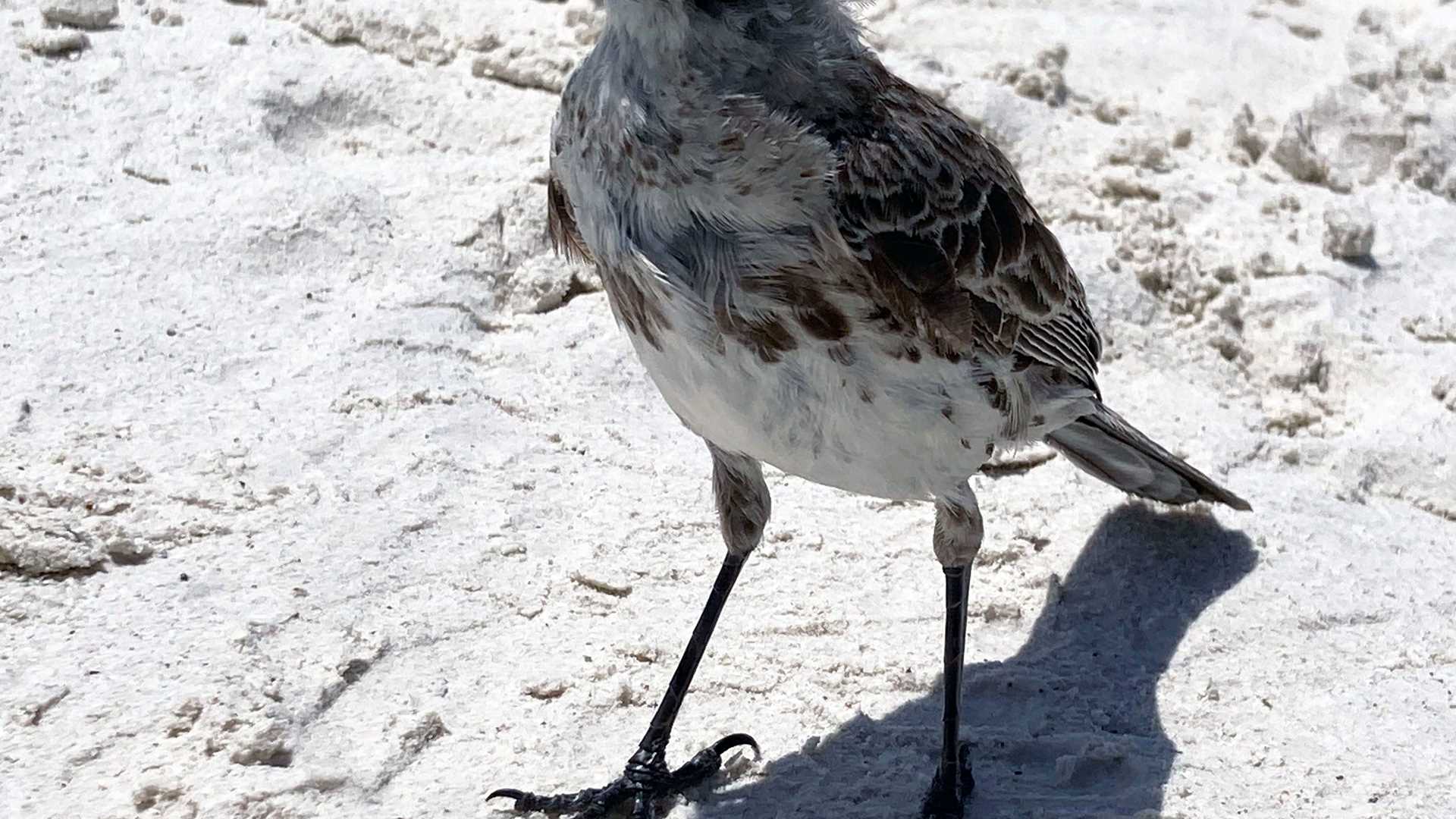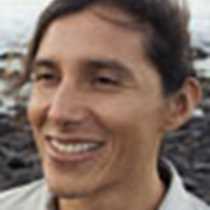Today we woke up in Gardner Bay on Española Island. After a delicious breakfast, some guests disembarked for a deep-water snorkeling experience along the shore of Gardner Islet. Other guests visited Gardner Beach. We observed many charismatic Galapagos sea lions basking on the white sand. We also spotted the hood mockingbird, one of the four species of mockingbirds found on the Galapagos Islands.
During lunch, Captain Eduardo Neira navigated toward Suarez Point, where we disembarked for a hike along the shore. Here we observed one of the most iconic animals of the Galapagos, the marine iguana. We also had the chance to see one of the largest colonies of Nazca boobies. We ended the day with our traditional recapitulation in the lounge of National Geographic Endeavour II.







